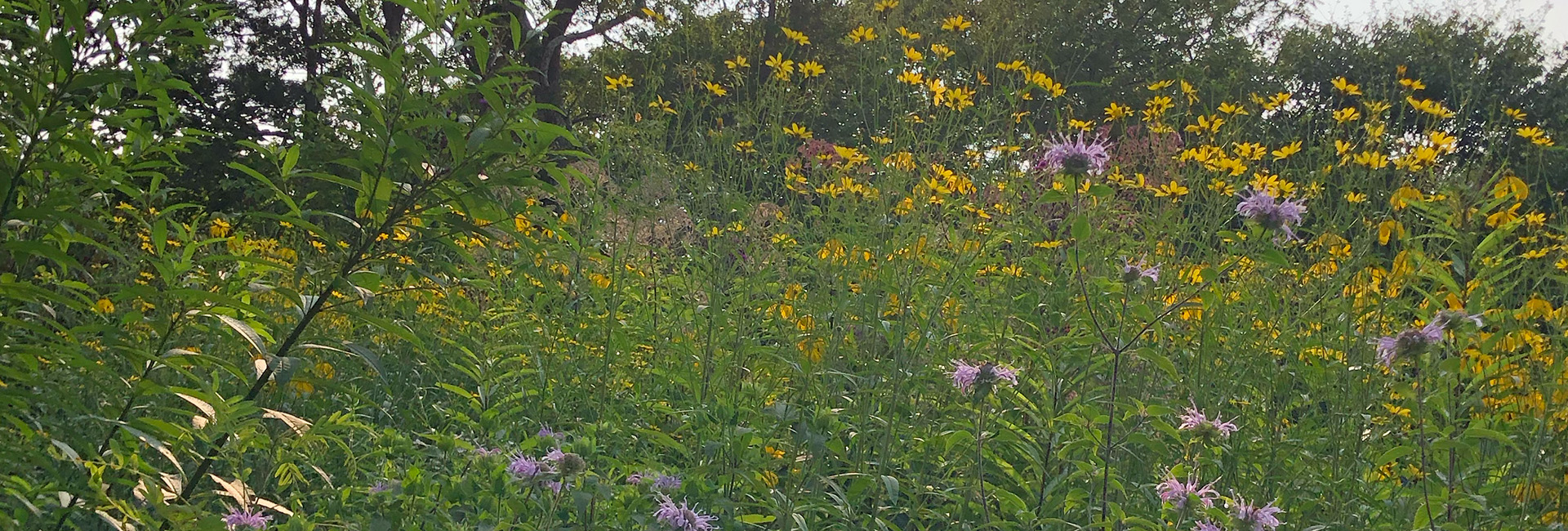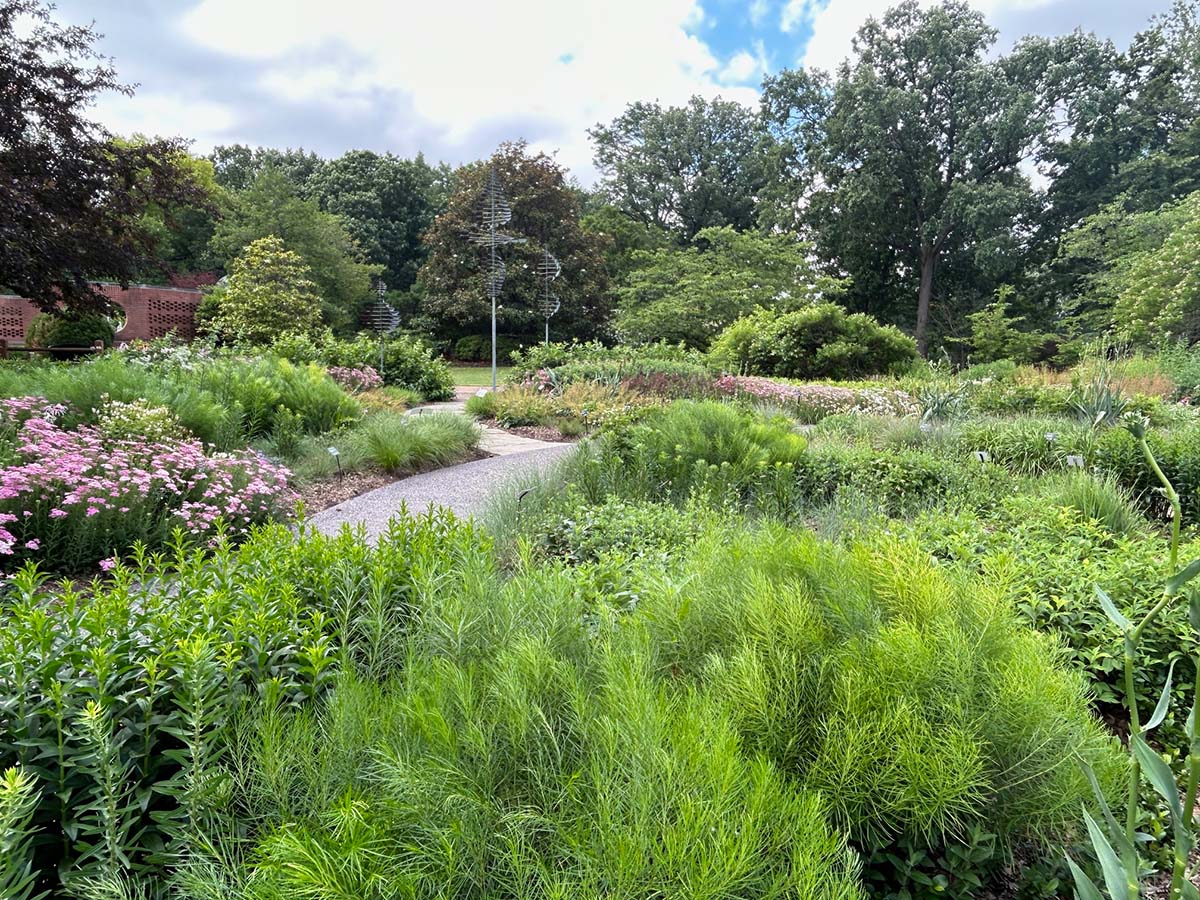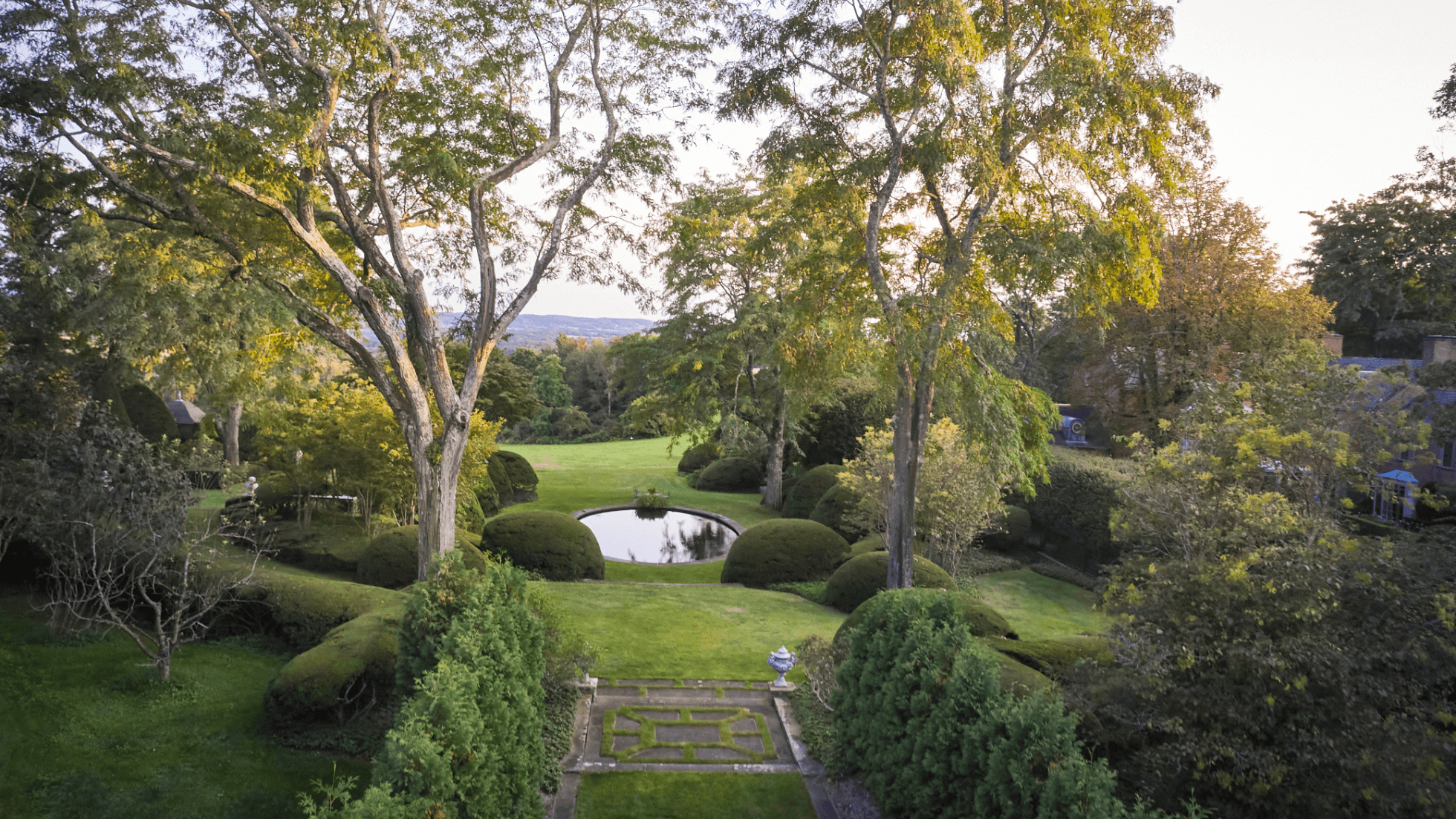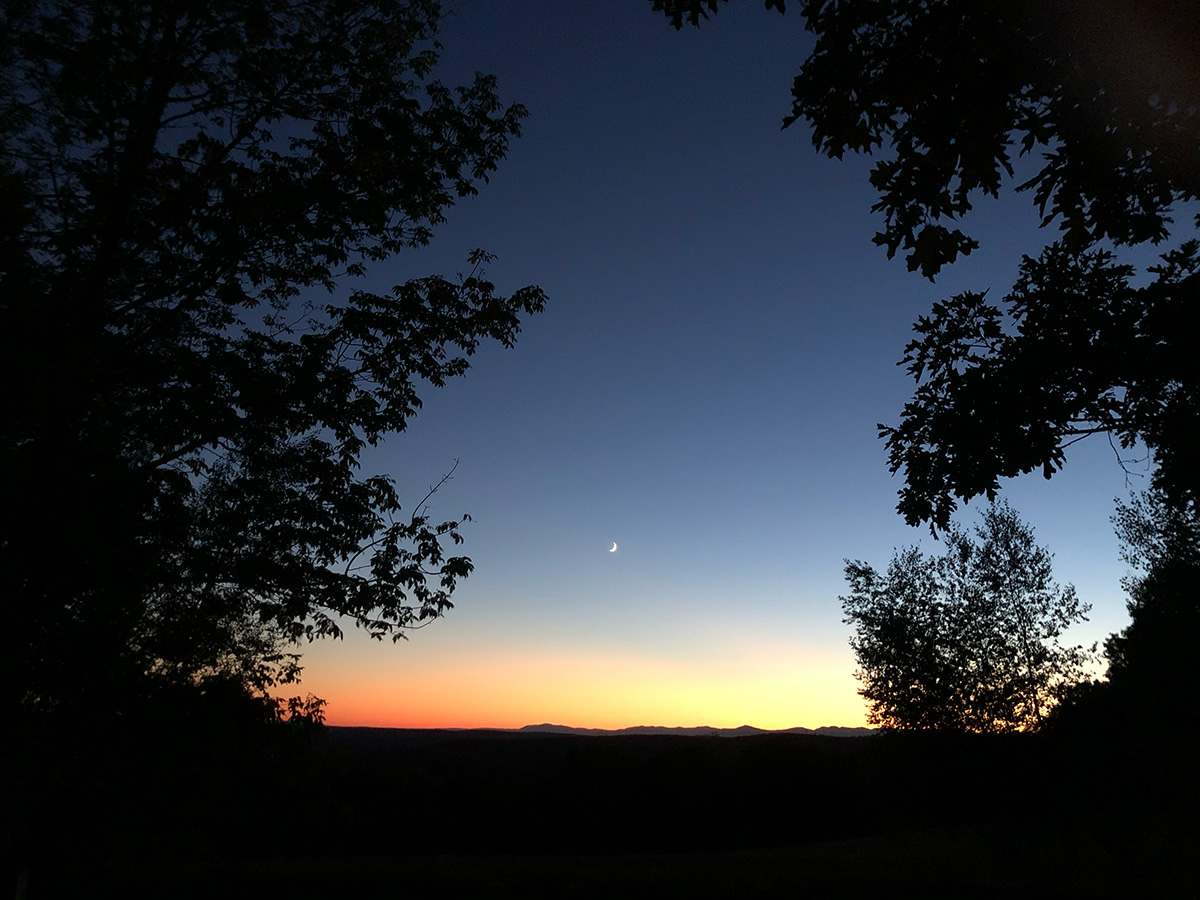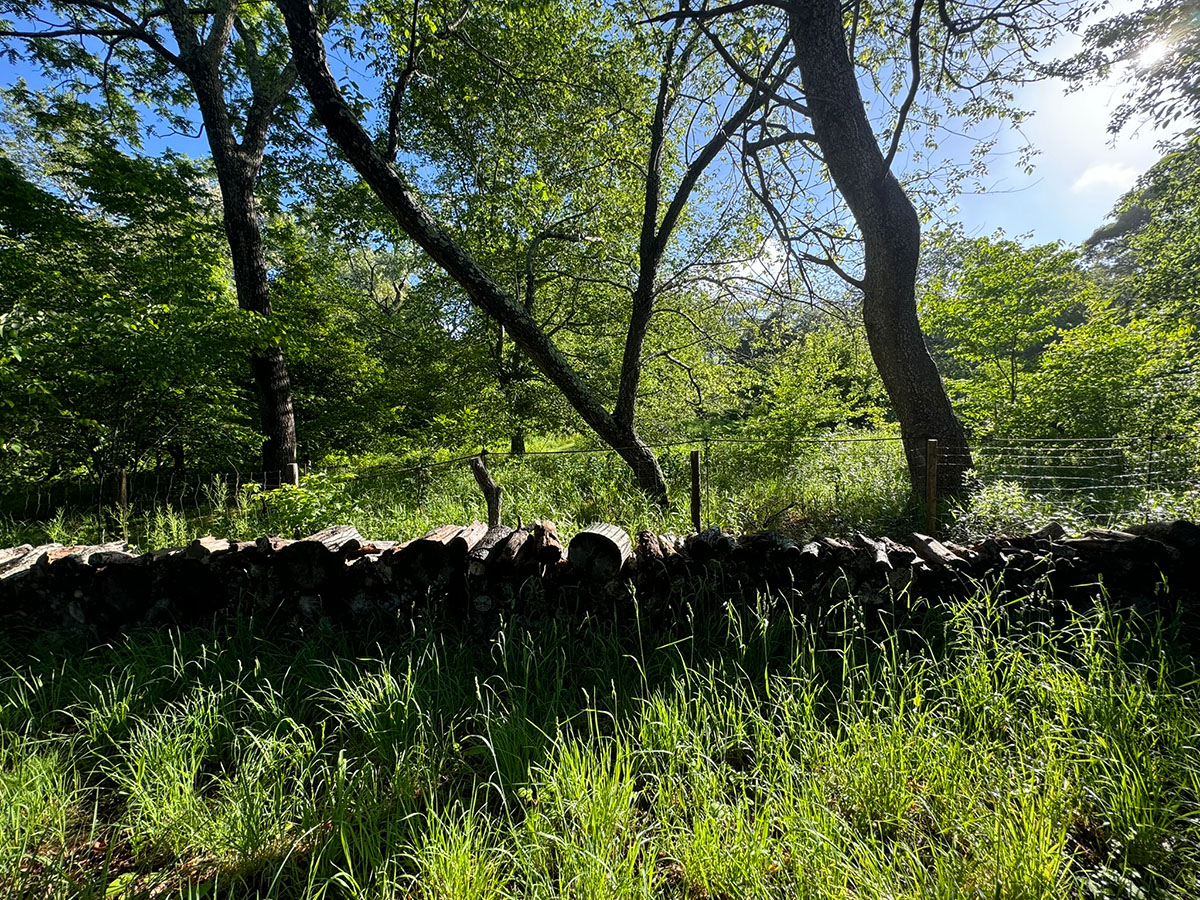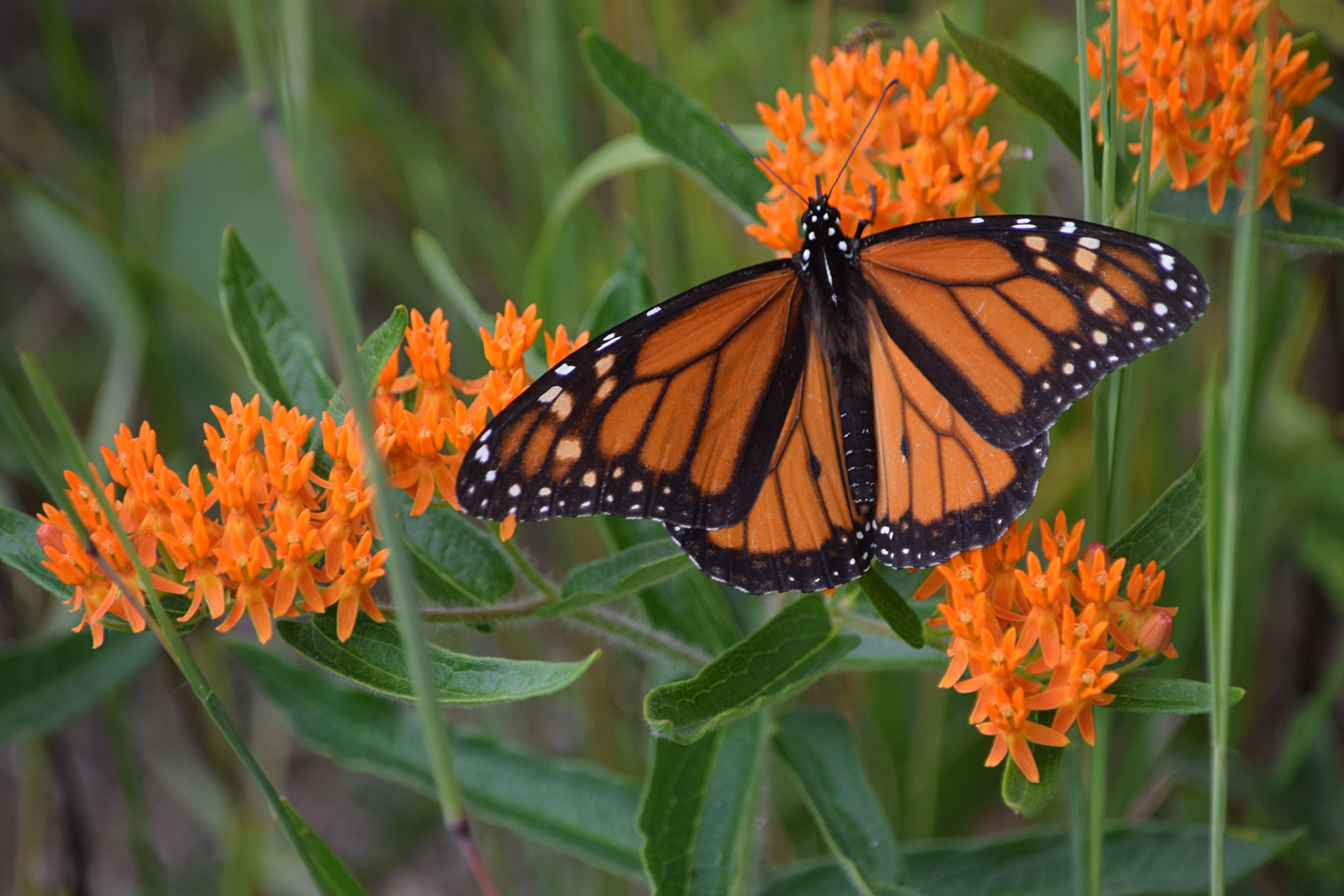
By Melissa Ozawa
“New York City has a secret,” says urban ecologist and founder of NYC Wildflower Week Marielle Anzelone. “The Big Apple boasts more open space than any major city in the United States; more than Los Angeles, Chicago, and Philadelphia combined. Even Manhattan, known for its taxi cabs and towering skyscrapers, has rare beetles and 150-year-old tulip trees. The five boroughs collectively host over 40 percent of the state’s rare and endangered plant species.”
And yet New York City, along with most of the developed world, is in the midst of a biodiversity emergency. In response, a number of major international metropolises—San Francisco, Paris, Singapore, Freetown, Sydney, São Paulo, to name just a few—have adopted biodiversity plans to devote resources to address the problem, but New York City has not. “It’s the only major global city without a comprehensive biodiversity plan,” says urban forester and founder of Local Nature Lab Georgia Silvera Seamans, PhD., who along with Anzelone, is on a mission to get the city’s government to change that. With the goal of “increasing access to nature and protecting and restoring biodiversity and natural habitats,” they launched the New York City Biodiversity Task Force earlier this year. This coalition includes field biologists, environmental justice organizations, civic institutions, and nonprofits, including Perfect Earth Project, representing all five boroughs. “To be truly resilient, New York City needs a clear ecological mandate,” says Anzelone.
Silvera Seamans and Anzelone believe that ecology is an underutilized urban resource. They want to see “biodiversity elevated to match the scale and urgency of climate concerns in the city,” arguing that investments in biodiversity can “beautify and cool neighborhoods, support pollinators, boost mental health, advance environmental justice, and deliver nature-based solutions for climate action.” Healthy, functioning ecosystems are essential to the air we breathe and the food we eat. I spoke with them to learn five simple things we can all do in our communities to help protect biodiversity.
1. Take a Walk in Nature.
As the saying goes: You can’t protect what you don’t know and love. New York City boasts forests, marshes, and meadows. There is wildlife all around—if you look for it. Sign up for Seek by iNaturalist, a free app that helps with identification, or pick up a field guide to help you learn more about the plants and animals you see. The Merlin app by Cornell Lab’s All About Birds can help identify birds and their calls. And bring a friend . . . or two or four! As Robin Wall Kimmerer writes in Braiding Sweetgrass, “Once you develop a relationship with a little patch of earth, it becomes a seed itself.”
Native plants bloom on Governors Island. They “are critical to local food webs. Butterfly larvae tend to eat indigenous flora exclusively. These caterpillars also happen to be excellent food for baby birds,” says Anzelone. Governors Island has been actively removing invasive species and adding more native plants, which also support wildlife like native bees and beetles. (Learn more about what they’re doing here.) Photograph by Bruno Navasky.
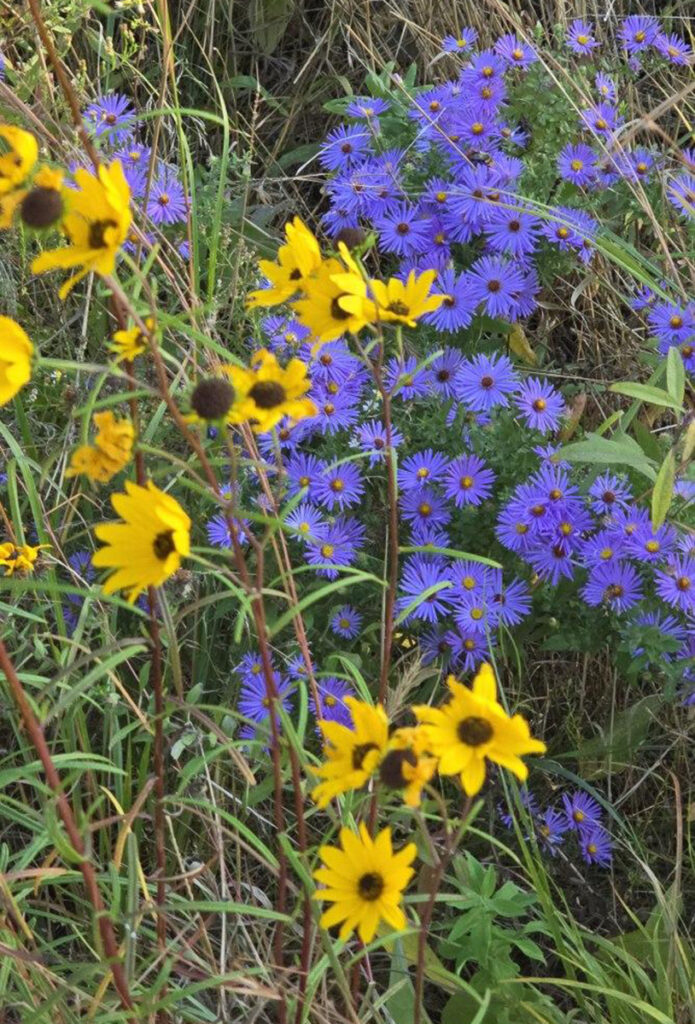
2. Grow Native Plants.
As we like to say at Perfect Earth Project, “They need so little and give so much.” Anzelone’s organization offers resources on gardening at home with native plants in the New York City area. If you have outdoor space at home, incorporate natives into your beds and containers. Or sign up for a plot in your local community garden and garden with them there. Request a native tree to plant in your street bed. The final choice is at the discretion of the city, but the more people ask, the more likely the city will support these requests. Every plant counts. Learn more about Perfect Earth’s tips on nature-based gardening.
Instead of planting non-native annual bulbs, like tulips and daffodils, which travel many distances (creating a large carbon footprint) and provide next to no benefit for wildlife, in city lands, Silvera Seamans and Anzelone would like the city to invest in planting native wildflowers everywhere—in tree beds, median planting areas, and throughout public parks. “We need our public lands to do a lot for us and not just be eye candy for only part of a season,” says Silvera Seamans. You can ask your favorite local businesses to get involved, too.
3. Engage Your Community.
“Scientists tell us that habitat destruction is the number one threat to terrestrial nature,” says Anzelone. “Make a note of open space slated for development or parkland planned for a dog park or ball field. Attend community board meetings and speak for the trees.” There are many global companies with headquarters in New York City. “I’d love to see corporations pitch in locally. They could fund a monarch conservation program in New York City or commit to expanding the urban canopy,” she says. Consumers have power. Work with the businesses in your neighborhood to take an active role in protecting biodiversity—your community will be stronger and happier for it. As studies show, walking through nature reduces stress, boosts mood, lowers cholesterol, and improves heart health, among many other benefits.
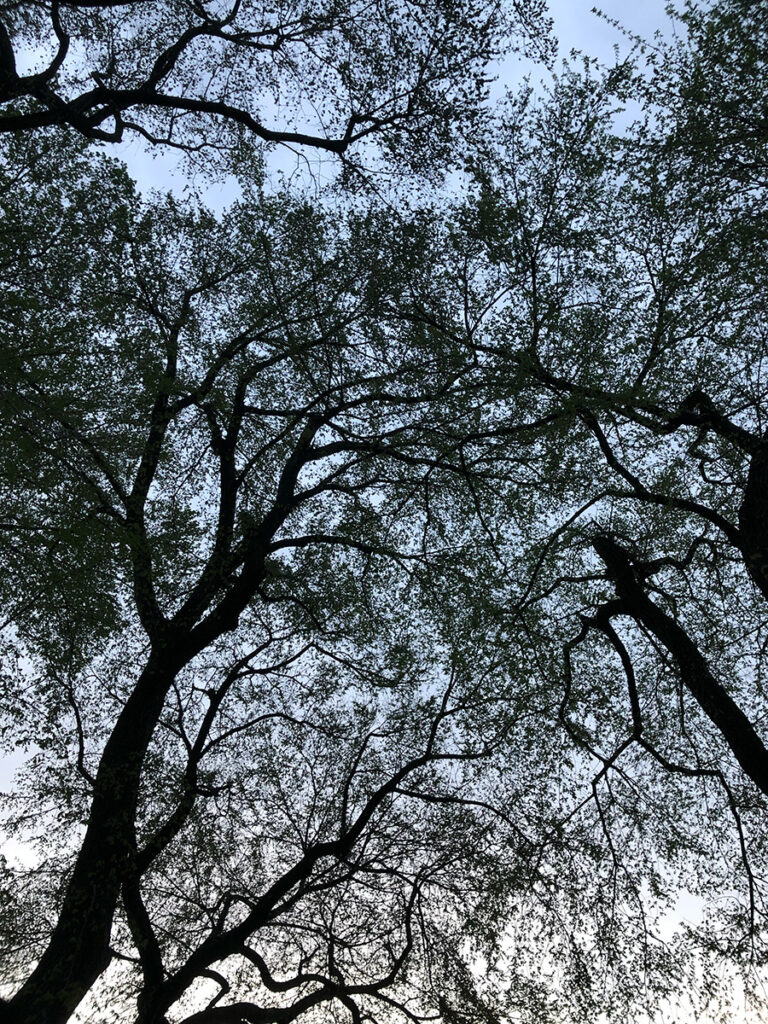
Don’t forget to look up. New York City is home to more than seven million trees. Be a treehugger and protect them. Don’t trample on your street tree beds or let your pets relieve themselves there. Ask your local representative to help “keep natural areas ecologically healthy by removing invasive species, limiting construction and disturbance, and eliminating the illegal use of motorized vehicles,” says Anzelone. Photograph by Melissa Ozawa.
4. Teach Children.
“Most children are probably really good at identifying polar bears, lemurs, tigers, and what’s happening in the rainforest because that is so much a part of our public consciousness,” says Silvera Seamons. “But what about investing more in teaching children about what’s right here?” Take the time to point out the regal elm trees in Central Park or the asters lighting up the beds on Governors Island. Listen to the warblers as they pass through Brooklyn Bridge Park on their migration path. “One of the things that we talk about in the task force is getting every New York City public school student from Kindergarten to 12th grade to visit a natural area every year,” says Anzelone. Students don’t have to travel hours from the city to experience nature. There are more than 20,000 acres of natural areas in New York City.
A Rusty Blackbird takes a splash in Central Park. Sadly, this bird’s population has declined by 75 percent from 1966 to 2019, according to the North American Breeding Bird Survey, due in part to mercury contamination and habitat loss. To address the global extinction crisis, the United Nations Convention on Biological Diversity, a multinational treaty, has been ratified by nearly all UN members, except the United States. Later this month, countries around the world will meet for CBD’s COP16 in Colombia. Photograph by Eric Ozawa.
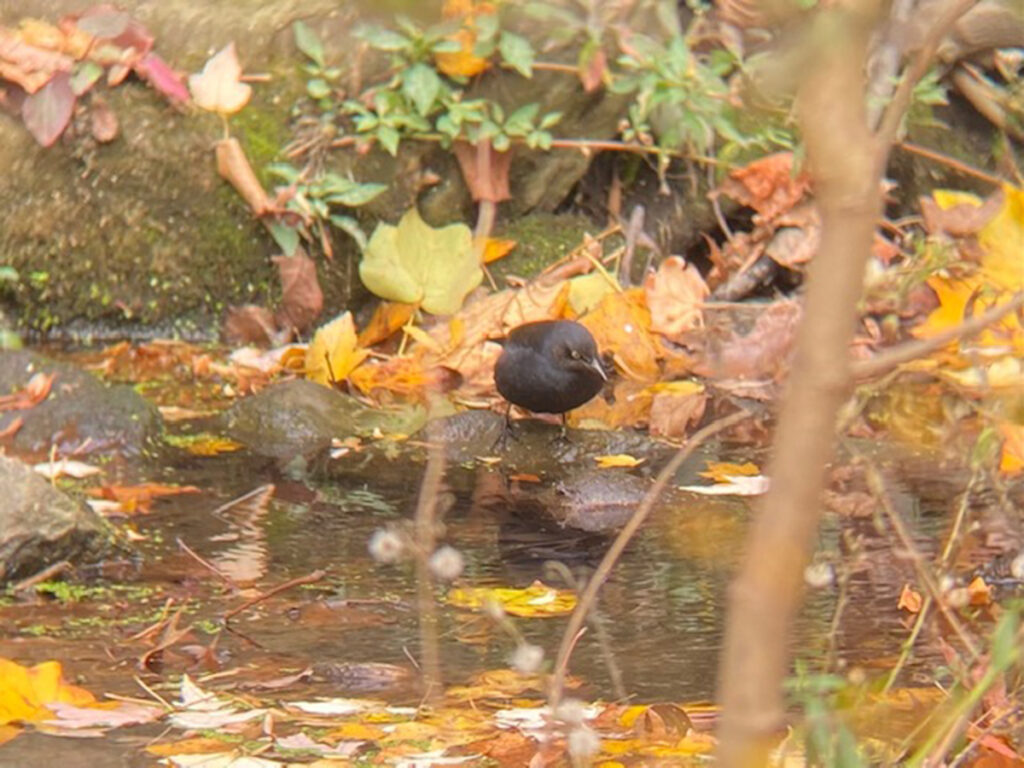
5. Contact your Representative.
The And then keep calling and writing. “Elected officials keep a record of the number of calls and letters received,” says Silvera Seamans. “Direct engagement will move the needle more so than a comment on social media.” New York City residents can find pending legislation here. Search for your favorite birds, butterflies, plants, and trees, the duo recommends, and make your voices heard. Here’s a suggestion, if you’re calling your state senator:
“Hello Senator [Name],
I am [Your Name] and live in your district. New Yorkers are guaranteed the right to clean air and water, and a healthful environment in our state’s constitution. Protecting biodiversity is essential to providing this right to all New Yorkers, and to achieving the state’s legislated 30 x 30 goal. I strongly urge you to co-sponsor [bill name] that requires protection of the city’s [taxa].”
Make it personal and encourage friends to call, too.
“We are nature,” says Anzelone. “New York City has species that have been here since the glaciers retreated 15,000 years ago. We need to be better neighbors.” It’s up to us to protect them—and us.
This is part of a series with Gardenista, which ran on October 16, 2024.
